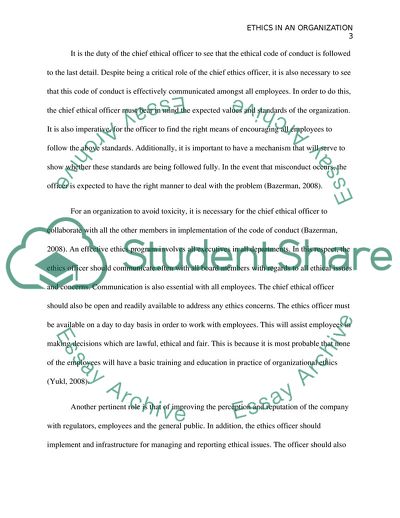Cite this document
(Leadership and Avoiding Organizational Toxicity Term Paper, n.d.)
Leadership and Avoiding Organizational Toxicity Term Paper. https://studentshare.org/human-resources/1796184-leadership-and-avoiding-organizational-toxicity
Leadership and Avoiding Organizational Toxicity Term Paper. https://studentshare.org/human-resources/1796184-leadership-and-avoiding-organizational-toxicity
(Leadership and Avoiding Organizational Toxicity Term Paper)
Leadership and Avoiding Organizational Toxicity Term Paper. https://studentshare.org/human-resources/1796184-leadership-and-avoiding-organizational-toxicity.
Leadership and Avoiding Organizational Toxicity Term Paper. https://studentshare.org/human-resources/1796184-leadership-and-avoiding-organizational-toxicity.
“Leadership and Avoiding Organizational Toxicity Term Paper”. https://studentshare.org/human-resources/1796184-leadership-and-avoiding-organizational-toxicity.


